What materials are Drop-In Anchors usually made of
2024-10-23In construction engineering and industrial applications, Drop-In Anchors are an efficient and reliable anchoring solution. The selection and combination of their materials are crucial to ensuring the stability and durability of the overall structure. The following article will explore in depth what materials Drop-In Anchors are usually made of and how these materials work together to cope with various complex environments and heavy-load challenges.
1. The main part of the Drop-In Anchor is usually made of high-strength steel. This steel has excellent tensile strength and shear strength, and can also maintain stable mechanical properties during long-term use. The choice of high-strength steel ensures that the Drop-In Anchor can withstand forces from all directions and provide a solid foundation for fixing the structure. At the same time, the machinability of steel also enables the Drop-In Anchor to be designed into various shapes and sizes to meet the needs of different applications.
2. In order to enhance the corrosion resistance of the Drop-In Anchor, its surface is usually specially treated. Among them, galvanizing is one of the most common anti-corrosion methods. The galvanized layer can form a dense protective layer on the surface of the steel, effectively isolating oxygen and moisture in the air, thereby slowing down the corrosion rate of the steel. In addition, in some special environments, such as marine engineering or chemical plants, a higher level of anti-corrosion coating, such as stainless steel coating or epoxy coating, may be required to provide more comprehensive protection.
3. The core function of the Drop-In Anchor lies in its expansion mechanism. In order to achieve this function, the anchor usually contains one or more expansion elements, which are usually made of special alloys or hardened steel. These materials not only have high strength and wear resistance, but also can undergo controllable deformation when subjected to external forces, thereby pushing the anchor to expand and tighten in the substrate. The design and material selection of the expansion element have a decisive influence on the anchoring effect and durability of the Drop-In Anchor.
4. In addition to the above main materials, the Drop-In Anchor also requires a series of supporting components to assist its installation and use. These components include installation tools (such as hammers, wrenches, etc.) and fasteners (such as nuts, washers, etc.). Installation tools are used to correctly install the Drop-In Anchor into the substrate, while fasteners are used to tightly connect the structure to be fixed with the anchor. The quality and performance of these supporting components are equally important, and they need to match the Drop-In Anchor to ensure the stability and reliability of the entire anchoring system.
The material composition of the Drop-In Anchor is a complex and delicate system, from the main part of high-strength steel to the surface treatment of galvanizing or other anti-corrosion coatings, to the expansion elements of special alloys or hardened steel, and the supporting installation tools and fasteners. Every detail has been carefully designed and selected. These materials work together to enable the Drop-In Anchor to maintain a stable anchoring effect in various complex environments and heavy load conditions, providing reliable support for construction projects and industrial applications.




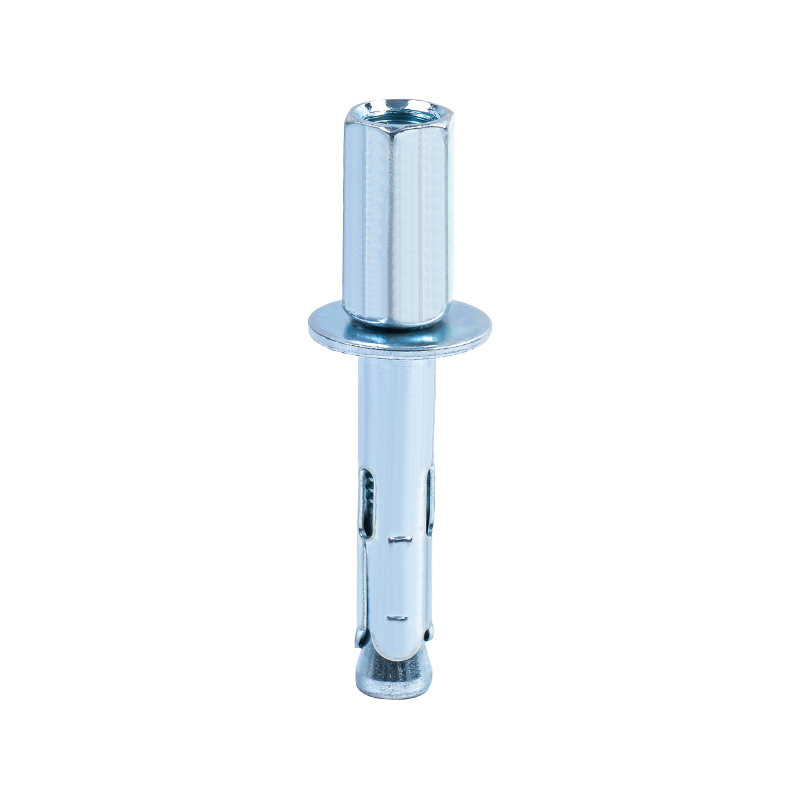
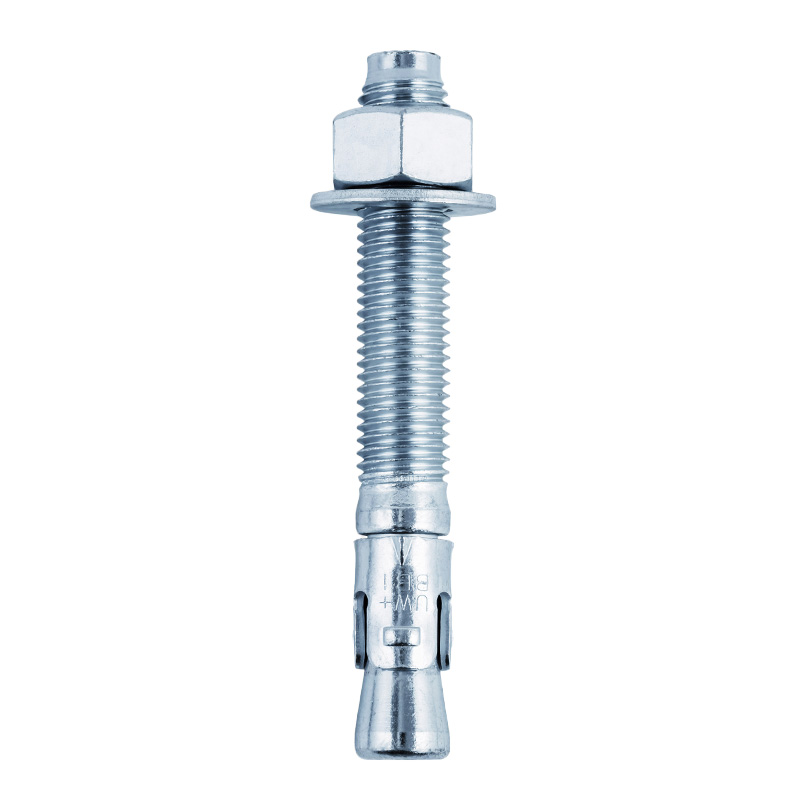
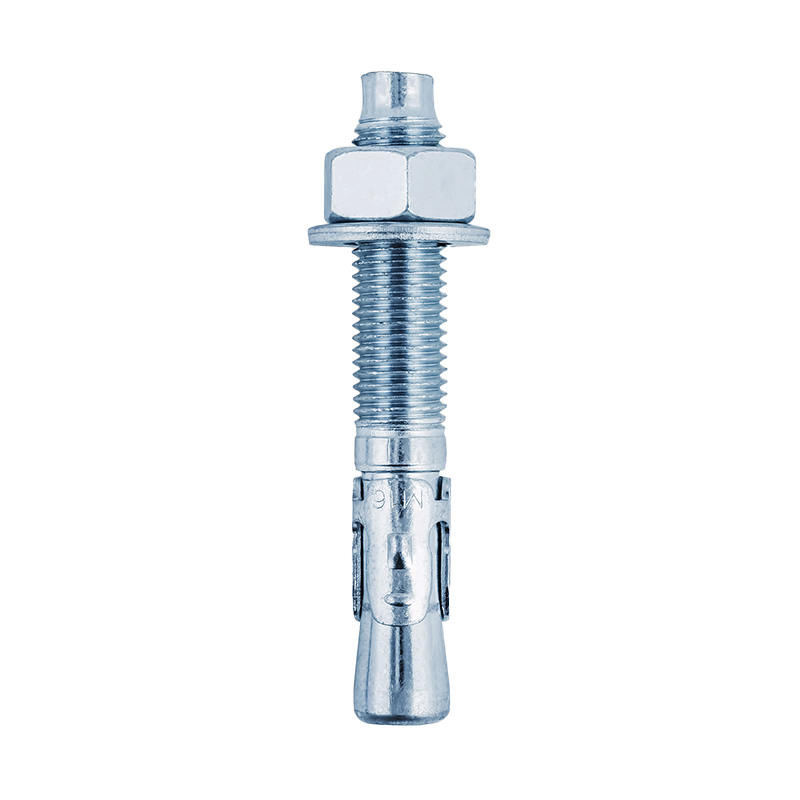
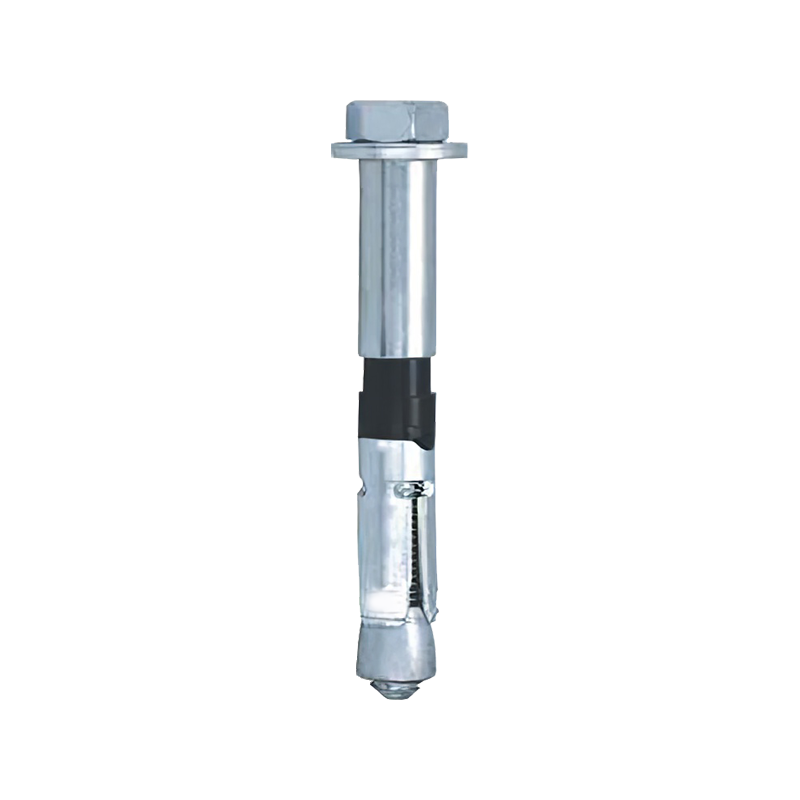
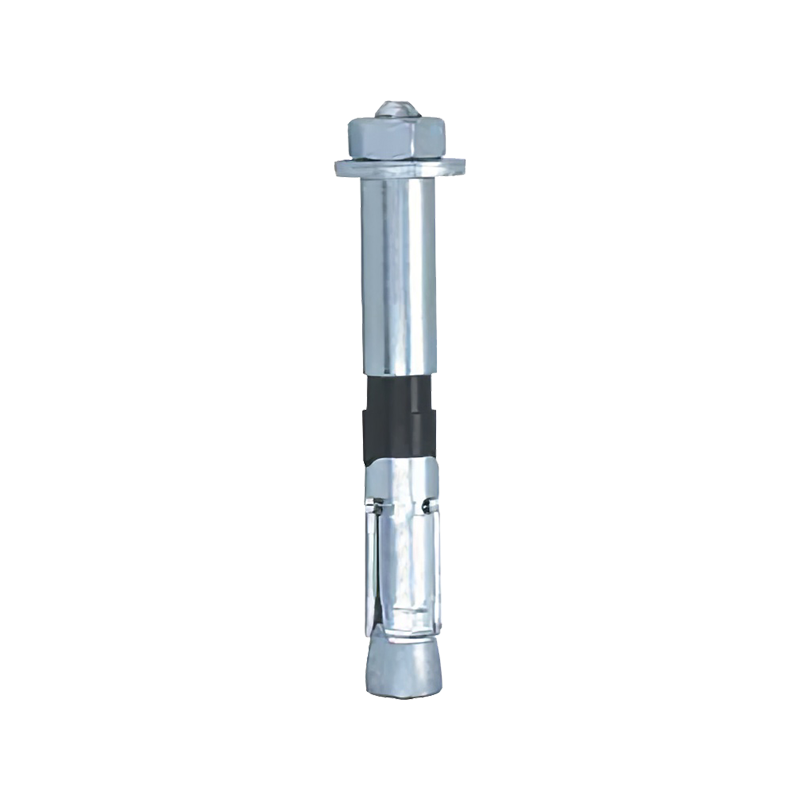
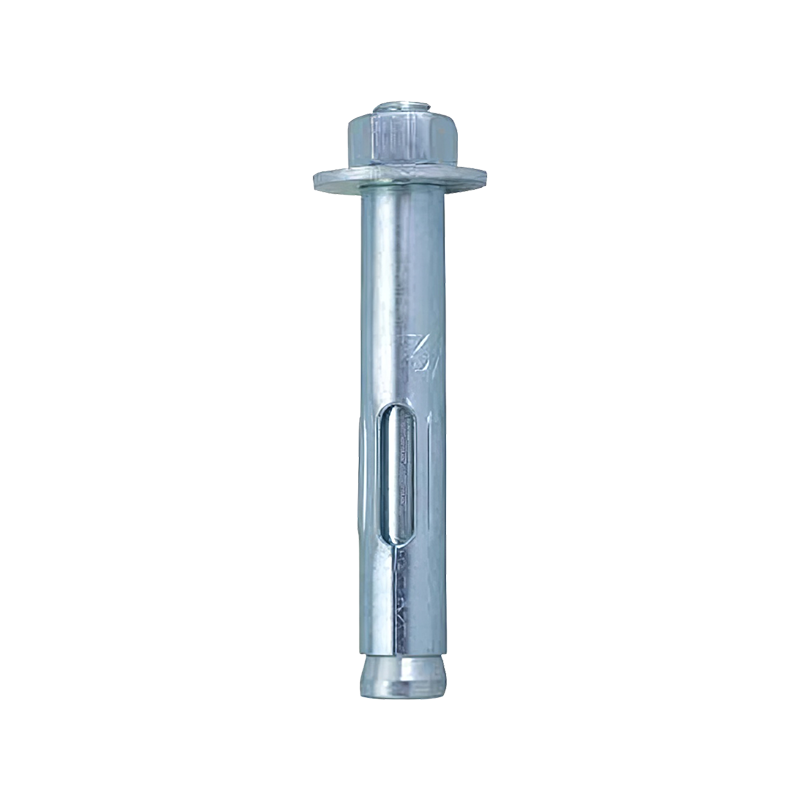
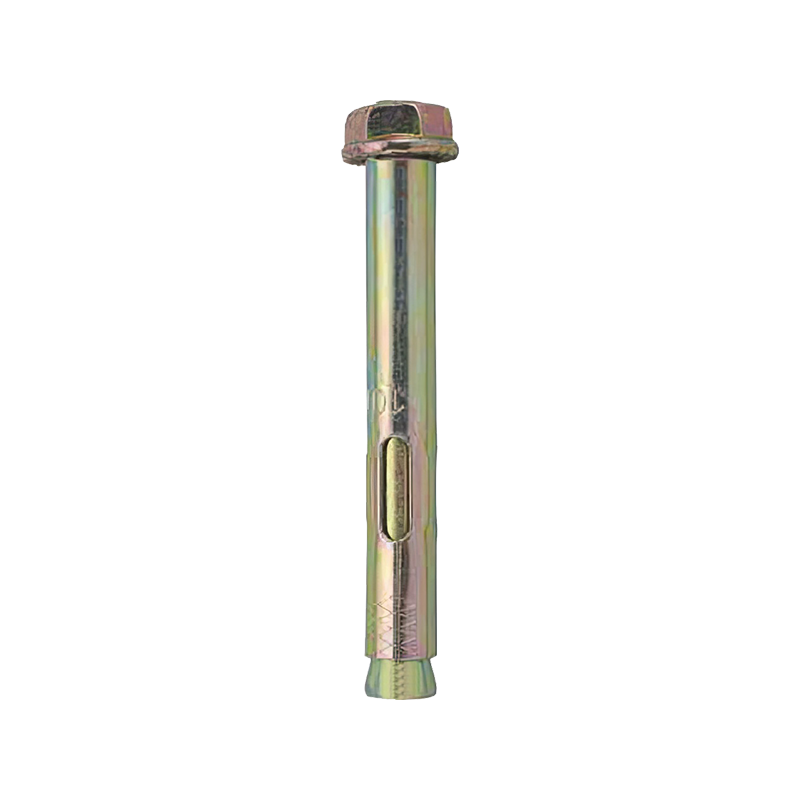

Contact Us